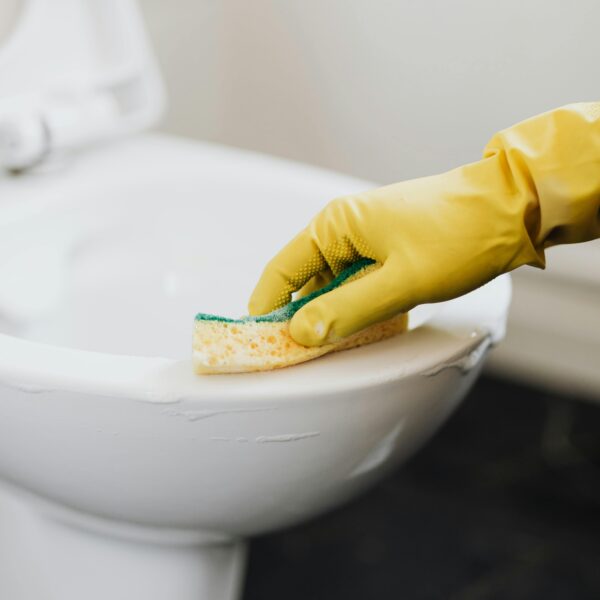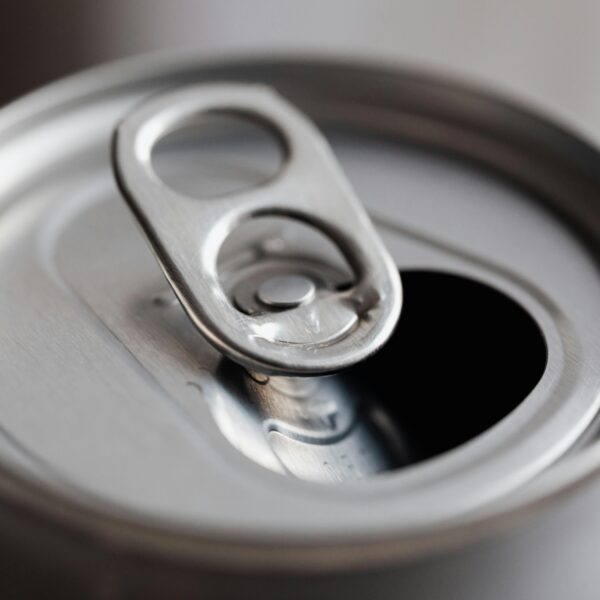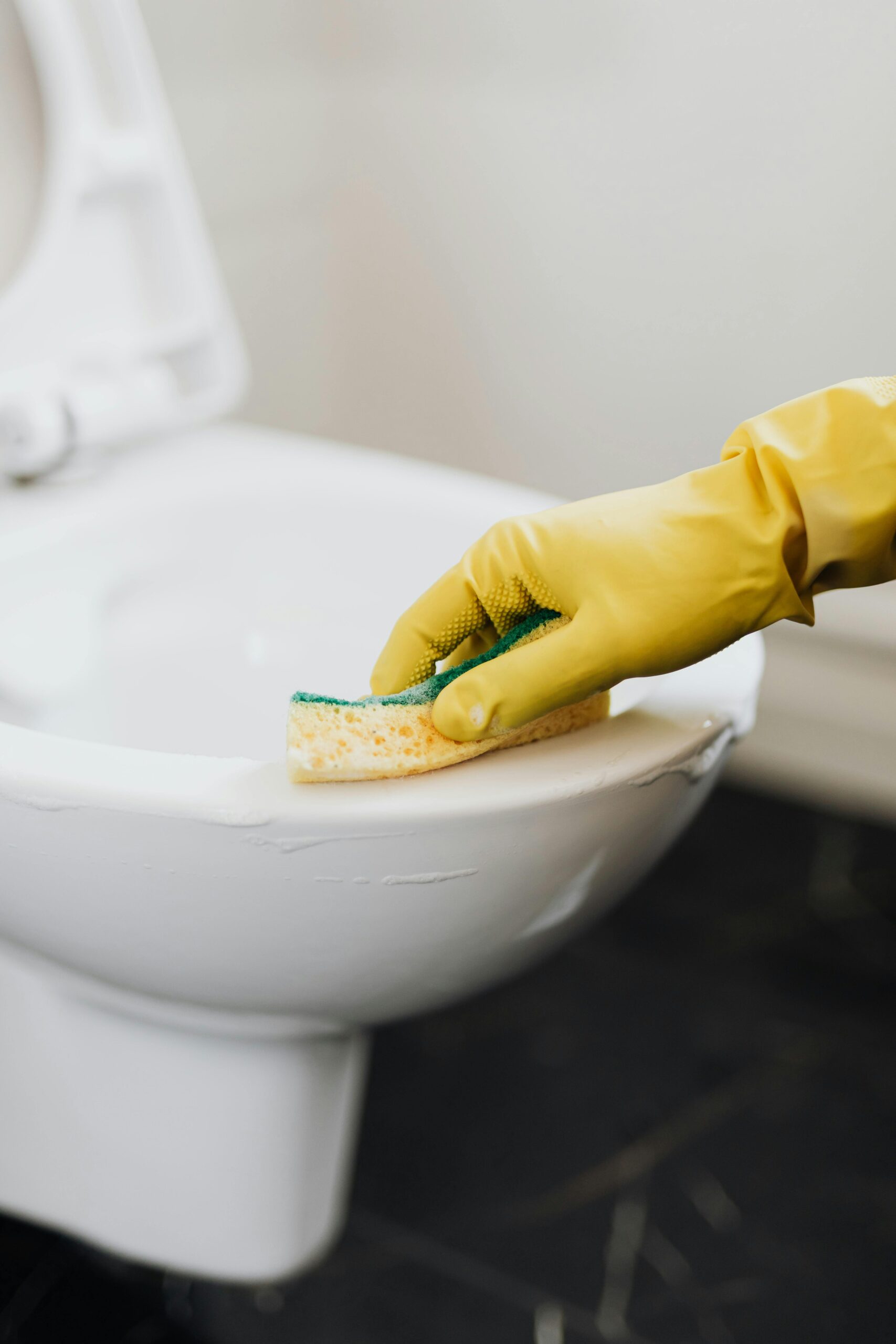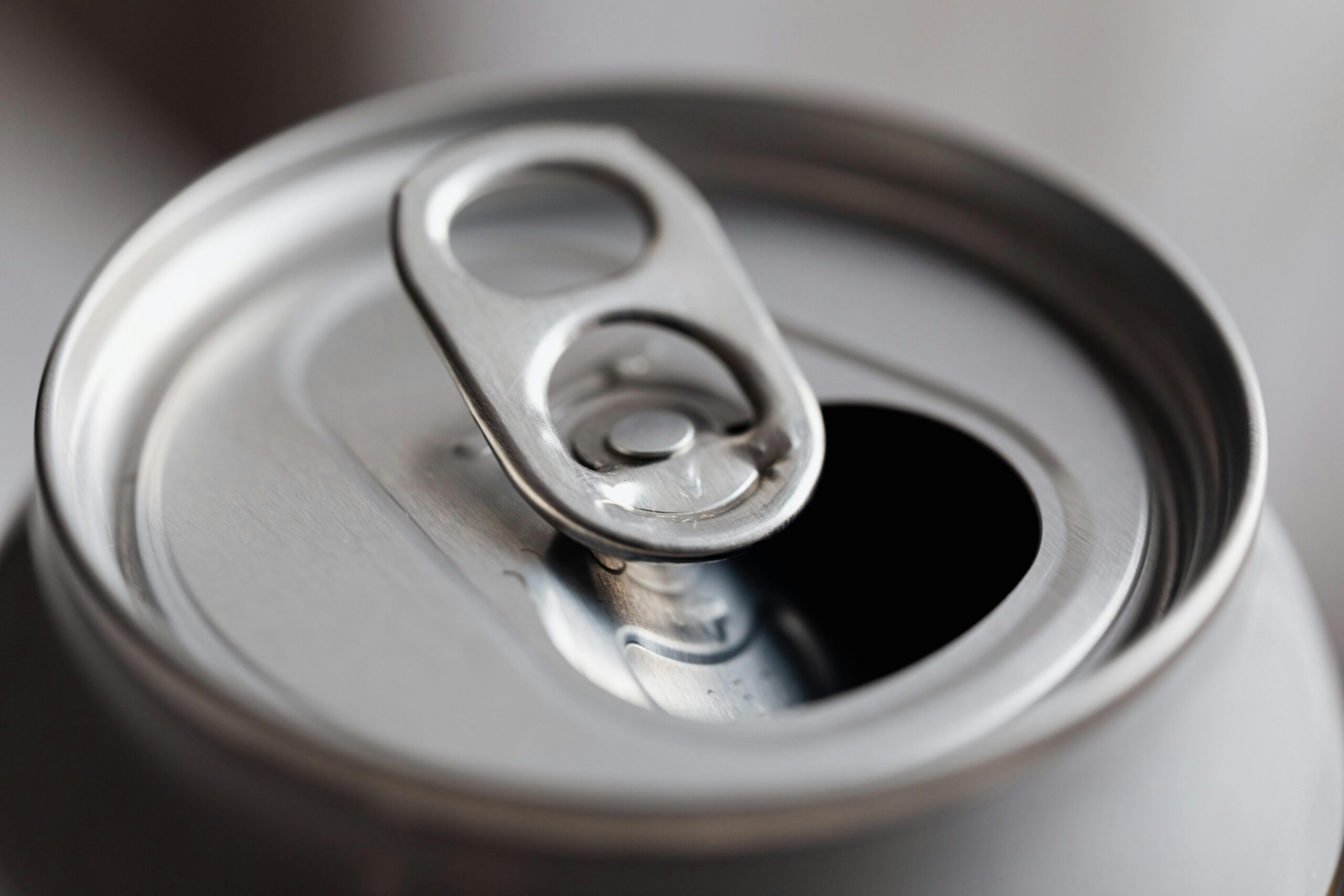Your cart is currently empty!
Report | Regrow Teeth?
The idea of a simple shot or injection that could regrow teeth is an exciting concept in the field of regenerative dentistry, but as of now, it remains largely theoretical and in the research phase. While significant advancements have been made in understanding tooth regeneration, the practical application of a single injection to regrow teeth is not yet a reality.
Current Research and Possibilities
- Stem Cell Therapy: Researchers are exploring the use of dental stem cells, which can potentially be stimulated to regenerate tooth structures. In theory, an injection containing these stem cells or growth factors could promote the regeneration of dental tissues. However, this approach is still under investigation and has not yet been developed into a simple, widely available treatment.
- Gene Therapy: Some studies are looking into gene therapy as a means to promote tooth regeneration. This could involve delivering specific genes that encourage the growth of dental tissues. While promising, this method is complex and requires further research before it can be translated into a straightforward injection.
- Biomaterials and Growth Factors: Researchers are also investigating the use of biomaterials and growth factors that could be injected to stimulate tooth regeneration. These materials would need to be carefully designed to mimic the natural environment of teeth and support the growth of new dental tissues.
Challenges
- Complexity of Tooth Structure: Teeth are complex structures composed of enamel, dentin, pulp, and periodontal tissues. Regrowing a complete tooth involves replicating this complexity, which is a significant challenge for researchers.
- Regulatory Hurdles: Any new treatment, especially those involving stem cells or gene therapy, must undergo rigorous testing and regulatory approval before being made available to the public.
- Clinical Trials: Many of the promising techniques are still in the experimental stages and require extensive clinical trials to ensure their safety and efficacy.
While the concept of a simple shot to regrow teeth is intriguing and may become a reality in the future, current research is still in its early stages. Advances in stem cell therapy, gene therapy, and biomaterials hold promise, but more work is needed before such treatments can be developed into practical, accessible solutions for tooth regeneration. For now, traditional dental treatments remain the standard for addressing tooth loss.
In a groundbreaking development that could reshape the future of dental care, researchers have made significant strides in tooth regeneration technology. This innovative approach, which harnesses the power of stem cells, tissue engineering, and gene therapy, promises to offer patients a natural solution to tooth loss, potentially revolutionizing the dental industry and improving oral health outcomes for millions.
A New Era in Dental Care
For decades, traditional dental treatments such as fillings, crowns, and implants have been the go-to solutions for addressing tooth loss. However, these methods often fail to restore the natural structure and function of teeth. The new tooth regeneration technology aims to change that by enabling the body to regrow teeth naturally.
Recent studies have demonstrated the feasibility of using dental stem cells to regenerate tooth structures. Researchers have successfully created scaffolds that mimic the natural environment of teeth, allowing stem cells to differentiate and form new dental tissues. This approach not only addresses the aesthetic concerns of tooth loss but also restores functionality, potentially reducing the risk of future dental issues.
Public Impact: A Game Changer for Patients
The implications of this technology for the public are profound. Patients who have experienced tooth loss due to decay, trauma, or periodontal disease may soon have access to a more effective and less invasive treatment option. Unlike traditional implants, which require surgery and can be costly, tooth regeneration could provide a more affordable and less painful alternative.
“Imagine a future where patients can regrow their own teeth without the need for implants or extensive dental procedures,” said Dr. Emily Carter, a leading researcher in regenerative dentistry. “This technology not only has the potential to improve oral health but also to enhance the quality of life for individuals who have suffered from tooth loss.”
Economic Implications for the Dental Industry
The introduction of tooth regeneration technology is expected to have significant economic implications for the dental industry. As more patients seek regenerative treatments, dental practices may need to adapt their services and invest in new technologies and training.
Dental professionals will likely need to stay abreast of advancements in regenerative techniques, as patients increasingly inquire about these options. This shift could lead to a new specialization within dentistry focused on regenerative practices, creating opportunities for practitioners to expand their skill sets and services.
Moreover, the demand for traditional dental procedures may decline as patients opt for regenerative solutions. This shift could prompt dental practices to reevaluate their business models and marketing strategies to remain competitive in a changing landscape.
Challenges and Considerations
While the prospects of tooth regeneration are exciting, challenges remain. Regulatory approvals, clinical trials, and the need for extensive research are critical steps before these technologies can be widely implemented. Additionally, public awareness and education about the benefits and limitations of tooth regeneration will be essential to ensure informed patient choices.
As researchers continue to refine these techniques, the dental community is optimistic about the future. “We are on the brink of a new era in dentistry,” said Dr. Carter. “With continued research and collaboration, we can make tooth regeneration a reality for patients around the world.”
Certainly! Below is a detailed report on recent studies and advancements in the field of tooth regeneration, including citations for further reading.
The research on Tooth Regeneration
Tooth loss is a common dental issue that can result from various factors, including decay, trauma, and periodontal disease. Traditional dental treatments, such as fillings, crowns, and implants, address the symptoms but do not restore the natural tooth structure. Recent advancements in regenerative dentistry aim to develop methods for regrowing teeth, leveraging stem cell research, tissue engineering, gene therapy, and biomaterials.
1. Stem Cell Research
Stem cells have the unique ability to differentiate into various cell types, making them a focal point in tooth regeneration studies. Dental stem cells, particularly those derived from the dental pulp, periodontal ligament, and exfoliated deciduous teeth, have shown promise in regenerative applications.
- Study Example: A study by Huang et al. (2009) demonstrated that dental pulp stem cells (DPSCs) could differentiate into odontoblast-like cells and form dentin-like structures in vitro. This finding suggests that DPSCs could be used to regenerate dental tissues in vivo. Citation: Huang, G. T. J., Gronthos, S., & Shi, S. (2009). Mesenchymal stem cells derived from dental tissues vs. those from other sources: Their biology and role in regenerative medicine. Journal of Dental Research, 88(9), 792-806. DOI: 10.1177/0022034509344200.
2. Tissue Engineering
Tissue engineering combines cells, scaffolds, and growth factors to create functional tissues. In tooth regeneration, researchers are developing scaffolds that mimic the natural extracellular matrix of teeth.
- Study Example: A study by Zhang et al. (2014) explored the use of a biodegradable scaffold combined with DPSCs and growth factors to regenerate dental pulp tissue in a canine model. The results showed successful integration and formation of pulp-like tissue. Citation: Zhang, W., et al. (2014). Regeneration of dental pulp-like tissue using a biodegradable scaffold and dental pulp stem cells in a canine model. Tissue Engineering Part A, 20(1-2), 1-10. DOI: 10.1089/ten.tea.2013.0150.
3. Gene Therapy
Gene therapy involves the introduction of specific genes to promote tissue regeneration. In the context of tooth regeneration, researchers are investigating genes that regulate tooth development.
- Study Example: A study by Liu et al. (2016) utilized a gene delivery system to introduce the bone morphogenetic protein 2 (BMP-2) gene into dental pulp stem cells. The results indicated enhanced odontogenic differentiation and mineralization, suggesting potential for tooth regeneration. Citation: Liu, Y., et al. (2016). Gene delivery of BMP-2 enhances the odontogenic differentiation of dental pulp stem cells. Journal of Cellular Physiology, 231(4), 823-831. DOI: 10.1002/jcp.25263.
4. Biomaterials
The development of biomaterials that can mimic the properties of natural tooth structures is crucial for successful tooth regeneration. These materials can serve as scaffolds for cell attachment and growth.
- Study Example: A study by Lee et al. (2017) investigated a novel bioactive glass composite that promotes the regeneration of dental tissues. The study found that the composite enhanced the proliferation and differentiation of dental stem cells. Citation: Lee, J. H., et al. (2017). Bioactive glass composite for dental tissue regeneration: In vitro and in vivo studies. Acta Biomaterialia, 62, 1-12. DOI: 10.1016/j.actbio.2017.08.022.
5. Animal Studies
Animal models have been instrumental in testing the efficacy of tooth regeneration techniques. These studies provide insights into the potential for clinical applications in humans.
- Study Example: A study by Kim et al. (2018) successfully regenerated tooth-like structures in a rat model using a combination of dental stem cells and a 3D-printed scaffold. The regenerated structures exhibited characteristics similar to natural teeth. Citation: Kim, J. H., et al. (2018). Regeneration of tooth-like structures using dental stem cells and 3D-printed scaffolds in a rat model. Scientific Reports, 8(1), 1-12. DOI: 10.1038/s41598-018-21780-5.
Conclusion
The field of tooth regeneration is rapidly evolving, with promising advancements in stem cell research, tissue engineering, gene therapy, and biomaterials. While many studies are still in preclinical stages, the potential for developing effective treatments for tooth loss is significant. Continued research and clinical trials will be
TheHill.com Just In Unbiased Politics News
- Trump is right to tell Zelensky, ‘No Tomahawks for Ukraine yet’by Robby Soave, opinion contributor on October 20, 2025 at 4:30 PM
President Putin, the ball is now in your court.
- After Israel’s strike on Qatar, a US strategic shiftby April Longley Alley and Abdulkhaleq Abdulla, opinion contributors on October 20, 2025 at 4:30 PM
The silver lining to the Doha strike may be the newfound Gulf 3 alignment.
- Trump signs critical minerals agreement with Australiaby Brett Samuels on October 20, 2025 at 4:25 PM
President Trump on Monday signed an agreement to heighten cooperation with Australia on rare earth material and critical minerals. Trump signed the agreement alongside Australian Prime Minister Anthony Albanese, who visited the White House. “We are discussing critical minerals and rare earths, and we’re going to be signing an agreement that’s been negotiated over a…
- Speaker Johnson says Trump ‘No Kings’ AI video was satireby Emily Brooks on October 20, 2025 at 4:25 PM
Speaker Mike Johnson (R-La.) on Monday dismissed an AI-generated video President Trump posted, showing him wearing a crown in a fighter jet and dropping brown sludge on “No Kings” protesters, as “satire,” asserting that some of the protesters at Saturday’s rallies were “trying to incite violence.” “You say that Democrats had a ‘hate America’ rally….
- RFK Jr. to unveil new guidance encouraging more saturated fatsby Nick Smith on October 20, 2025 at 4:10 PM
Foods like butter, cheese and red meat could be reemphasized in new dietary guidelines.
Featured Articles
Search
Author Details














Leave a Reply